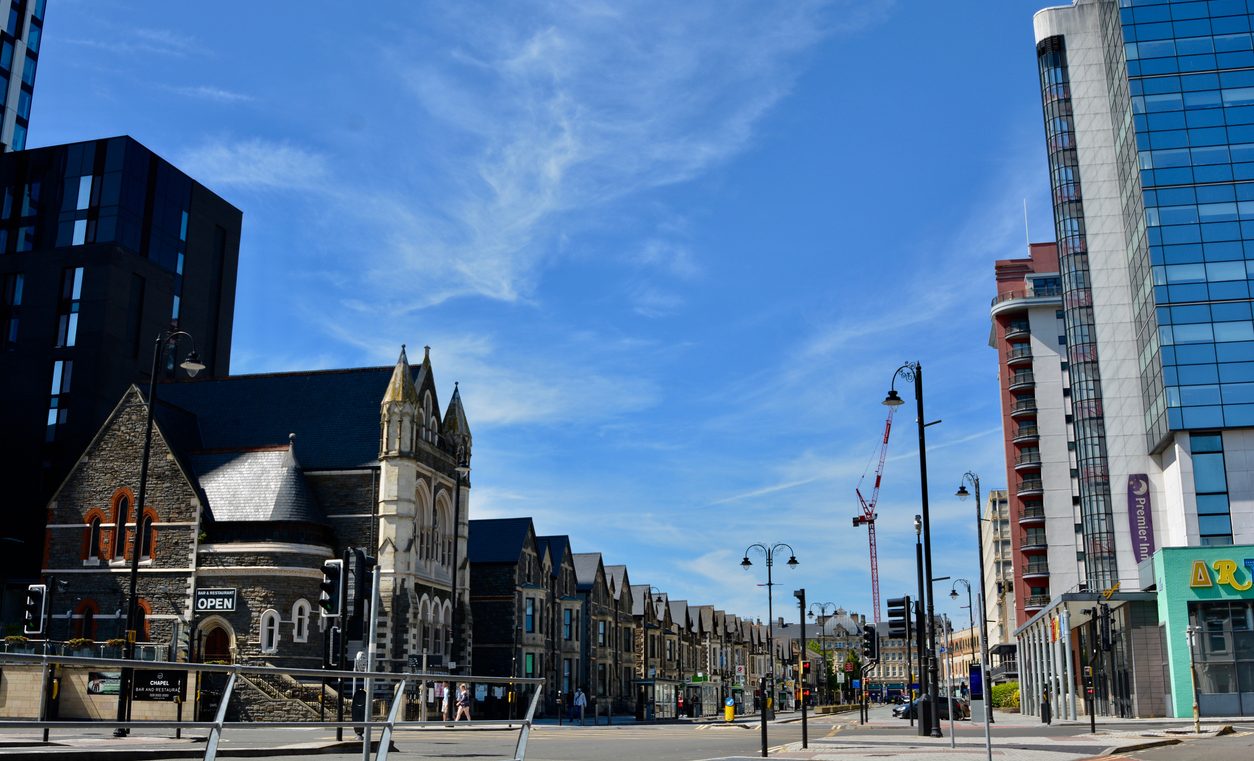With the pandemic having driven people from physical retail en masse, change is coming to high streets and city centres.
High streets around the world have been in decline for many years, with the likes of Amazon as well as other online retailers squeezing many high street vendors and retailers out of the market. Recently however, with people making the switch to home working, things may be changing.
All retailers have been susceptible to the huge rise of online shopping and the COVID-19 pandemic has only accelerated this.
Illya Shpetrik, a USA-based fashion and entrepreneur, has commented on this, saying: “Online retail, be it in fashion or otherwise is of course here to stay. However, people remain keen on their local high streets, which serve an essential purpose. The local high street has changed and adapted itself over many years and will hopefully be here to stay.”
Illya Shpetrik continued: “Online retail and physical stores and shops on the high street will ultimately learn to co-exist side by side. They will both always be there in one form or another. They also relate to certain value we all have. For example, growing up, in the Shpetrik household, we always went to our local grocery store for certain items but to the larger retailers for other goods. This is how high streets and online retail will likely learn to co-exist.”
With more people than ever working from home and with people’s savings and disposable income in the UK and around the world growing, there are billions of pounds and dollars waiting to be spent. Significantly, with people changing so many of their daily and work habits as a result of the changes to how and where we work, it is city centres which are feeling the greatest pinch.
City workers are not in town and city centres in anything close to the numbers they were throughout 2019. However, although many habits and practices have changed as a result of how we are all now working, hose who would go out daily in busy city centres to buy food and other items may still do so in their local high streets. Therefore, at least a portion of what they would otherwise have spent is being spent in local high street shops as well as online.
[ymal]
Many people have also seized the opportunity of having to work from home and changed their place of abode and work entirely. Co-living spaces, for example, are increasing in popularity, with many empty city centre premises being transformed into innovative co-living and co-working spaces. A key benefit of these spaces is that with micro-communities under one roof, work, business and leisure are combined conveniently in city and urban centres.
This is a significant shift in people’s work-life balance, with people turning to city and town centres to live as well as work in a way never seen before.
On this, Illya Shpetrik commented: “Everything has, in a sense been turned upside down. Previously, it was work in the city centre and live and relax in suburbs and in and around local high streets. This has however become skewed in recent times with co-living spaces for living and work springing up in city centres and shopping now taking place like never before, once again, on high streets.”













